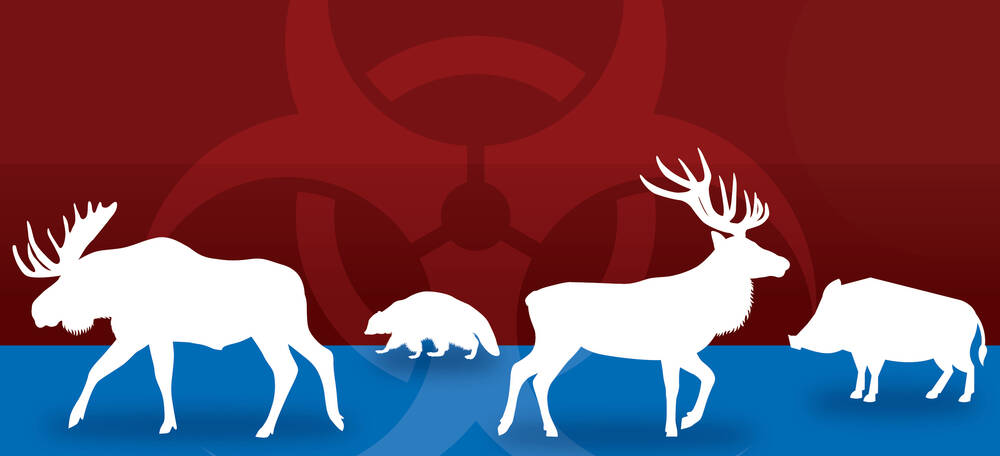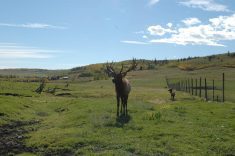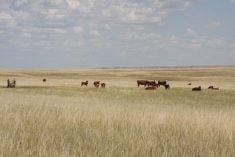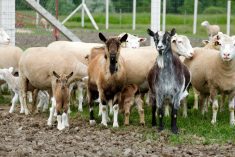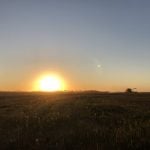The risk of transmission is low, but a more co-ordinated effort is needed to search for potential cases of chronic wasting disease (CWD) outside of the deer and other cervid species already known to get the disease, according to a new report out of the University of Minnesota.
“It’s a real world experiment that we’re seeing play out,” said Cory Anderson, co-director of the CWD program at the Center for Infections Disease Research and Policy (CIDRAP) at the university.
CWD is a fatal, neurodegenerative disease found in cervid species like white-tailed deer, mule deer, elk and moose. The disease was first detected in farmed elk and white-tailed deer in Alberta in 2002, and the first cases in wild deer were detected in 2005.
Read Also
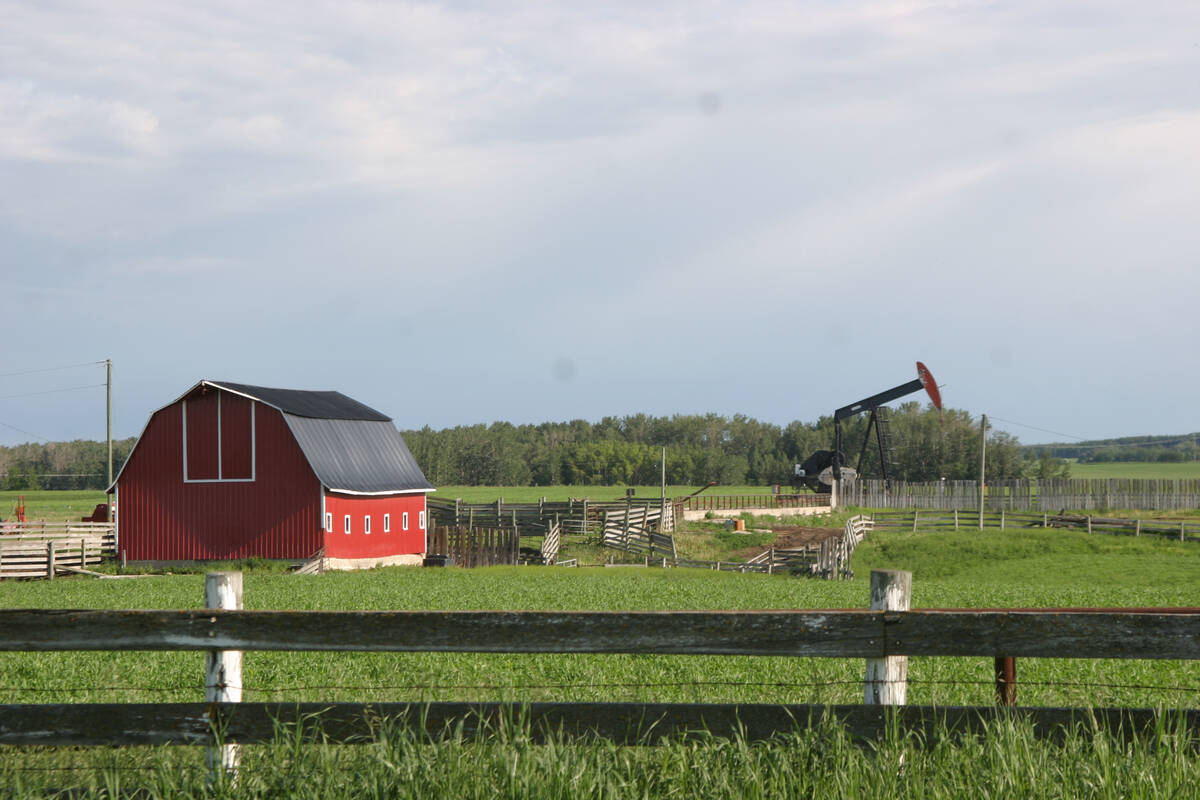
Recommendations in the mature assets strategy could cause potential problems for landholders
The Western Stock Growers’ Association urges producers to pay attention to the potential changes to Alberta’s Mature Assets Strategy.
CWD has been detected in more than 6,100 cervids in Alberta, primarily mule deer, since 2005. The first cases were detected along Alberta’s eastern boarder, but it continues to spread westward along major east-west watersheds. The disease now occurs west of Highway 2 from Athabasca south and into the southern foothills of the province.
The disease has also been present in areas like Saskatchewan and some U.S. states for decades.
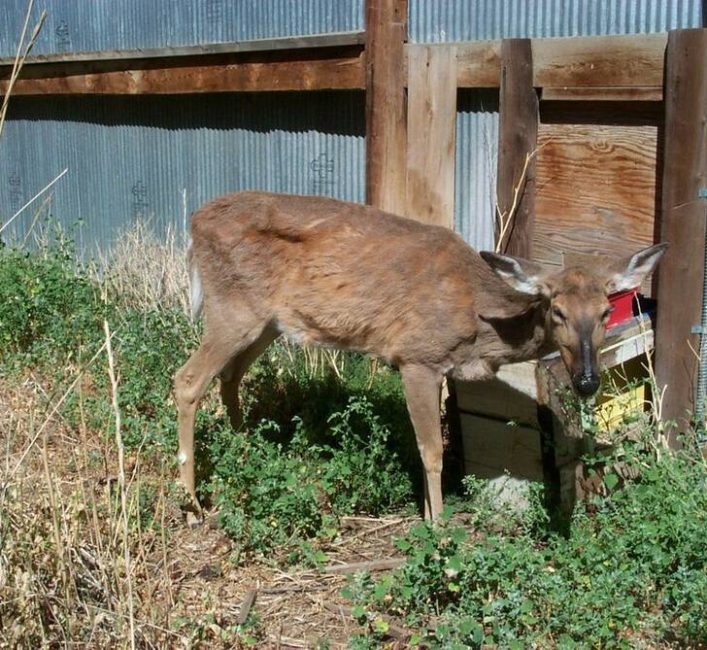
Like the much more infamous BSE, CWD is caused by infectious prions, which are misfolded cellular proteins, according to CIDRAP’s website. They can interact with normal proteins and create a chain reaction of conversion into misfolded proteins.
While prions are likely transmitted from animal to animal by direct or indirect contact with body fluid or tissues, they are also highly stable in the environment and may remain infectious for years or even decades as they accumulate in the landscape, the report said. As more animals become sick, the chance rises for animals to be exposed and for disease “spillover” to other species.
That exposure doesn’t even touch on meat. Every year, hunters in areas like Wisconsin — where a significant proportion of wild deer are believed to be infected — are eating venison whether proven to be positive for CWD or not, Anderson said.
“The implications of long-term human exposure to CWD prions and the disease manifestation in non-cervid animals and humans are unknown,” the report said. “Although the cervid-to-human species barrier appears strong, that could change as new prion strains emerge.”
In Canada, federal government materials stress that there has not been a human case of CWD, but that people should not handle or consume meat from a known CWD-positive animal as a precaution.
Non-cervids
The CIDRAP report, compiled by working groups of experts from across the U.S. and Canada, notes that significant gaps exist in what is known about CWD spillover.
For the most part, surveillance for CWD among non-cervid wild animals isn’t happening, it said.
The Canadian Food Inspection Agency, when asked about national surveillance efforts said that, while surveillance is a provincial responsibility, “there has been no known transmission of CWD to humans and no known transmission to non-cervid animals (cows, other livestock, or pets) in a natural setting.”
“There’s been no cases of infection under natural conditions,” said Iga Stasiak, a wildlife health specialist with the province of Saskatchewan.
Some lab experiments have demonstrated infection in other species like raccoons and swine, which demonstrates some level of risk, Stasiak explained. However, in those studies they’ve inoculated the prion material directly into the brains of the animal subjects.
“We have to be very careful in extrapolating the results of these experimental studies into natural conditions,” Stasiak said. “Those circumstances are very different.”
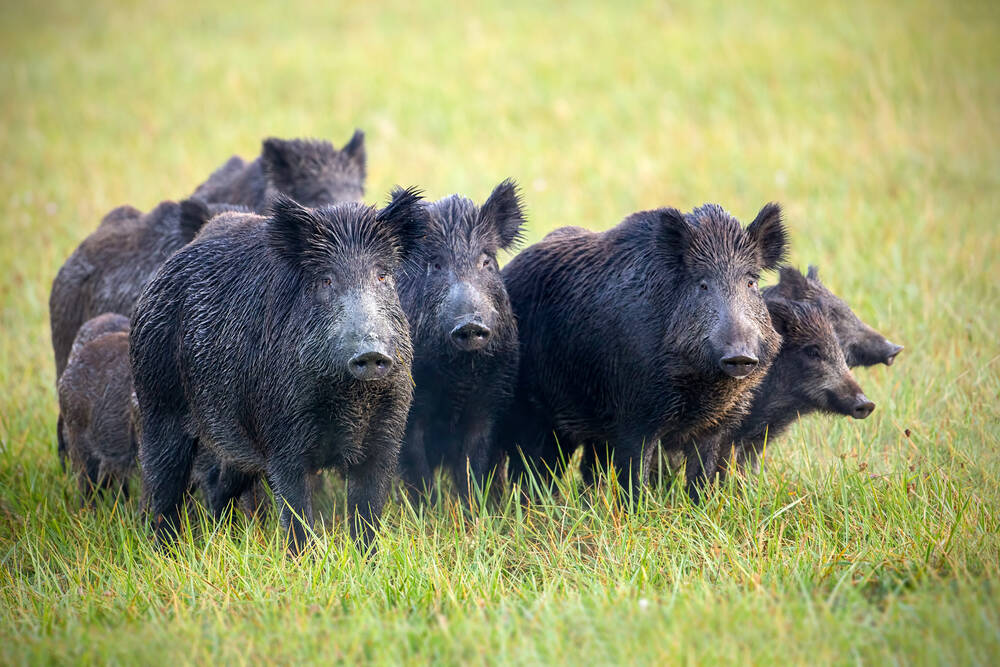
Some research has found CWD prions in the tissues of feral swine, said Anderson. However, they were found at low levels and did not appear to have progressed to actual infection.
The CIDRAP report calls for improved CWD surveillance among cervids and non-cervids that might share habitats with livestock, “to improve the likelihood of detecting potential spillover incidents.”
The report also recommends collecting data on different strains of CWD, which could have different risks for interspecies transmission.
“We know from research that’s been conducted that different strains can have unique host ranges,” Anderson said. “We don’t even conduct surveillance to understand what the strain picture looks like.”
The report also recommends more study of CWD in large animals to learn more about clinical signs, and how prions may be shed and transmitted.
Human health
The report recommends more studies following groups who are more likely to face exposure to CWD, like people who eat deer or elk meat from areas with high disease prevalences. It also suggests promoting more awareness of the risk of CWD spillover among the medical community, including the importance of autopsies on suspected cases of human prion disease.
Current efforts in Canada include advising people to avoid eating meat from infected animals and to take precautions when handling carcasses. Farmed cervids known to be infected with CWD can’t enter the food supply.
Public health organizations also monitors for CWD in humans through the Canadian Creutzfeldt-Jakob Disease Surveillance System. Creutzfeldt-Jakob Disease is a prion disease known to infect humans.
The Saskatchewan government “contributes to research and epidemiological surveillance for prion diseases in humans,” a spokesperson for that province’s ministry of health said.
However, Health Canada notes on its website that there’s little evidence to suggest humans can be infected with CWD, though there’s some evidence of risk to primates.
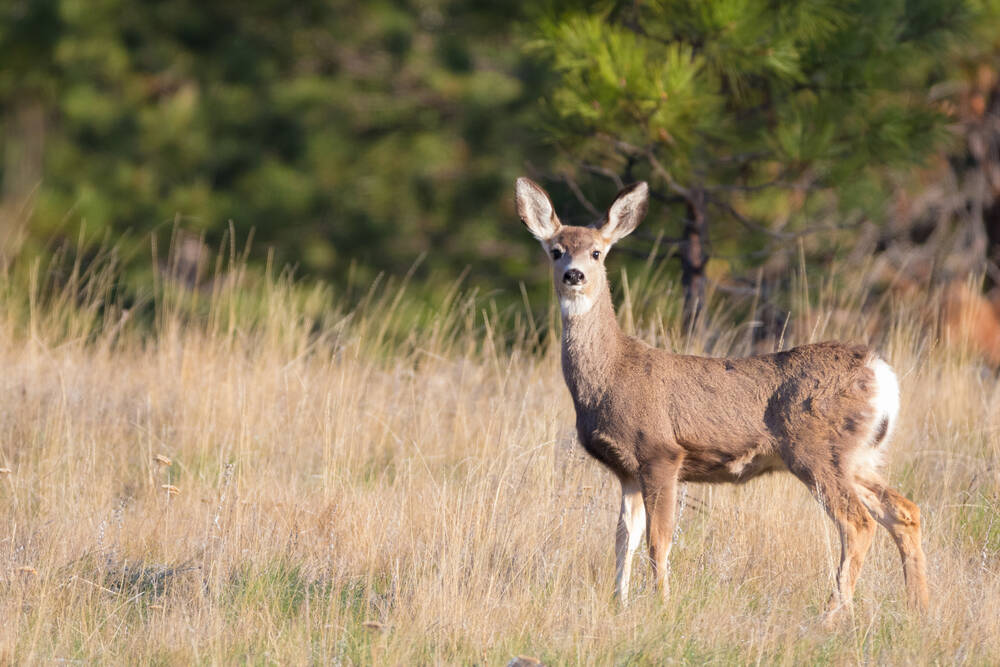
If the risk of CWD is so low, why take precautions?
Humans have contracted other prion diseases. Bovine spongiform encephalopathy (BSE) has been transmitted to humans, Stasiak said.
There are also significant unknowns. The incubation period of CWD in humans is unknown. It could take decades for a case to appear. There’s also the risk of CWD strains evolving over time.
Avoiding meat from infected animals is “more of a precautionary measure,” Stasiak said.
For decades, hunters in the Prairies and parts of the U.S. have been eating infected meat with no documented increase of prion diseases, she said.
Sharing the load
The CIDRAP report noted that the bulk of CWD management tends to fall to the provinces, states and Indigenous governments. This makes for significant variation in approaches, depending on resources available and political willingness to address the issue.
Wildlife agencies also bear much of the load and may see CWD as purely a wildlife issue, it added.
In some states, Anderson said, the department of natural resources will foot the bill for hunters to test animals. They have a certain quota of tests needed for surveillance. Beyond that, there’s little incentive to test, such as for food safety reasons.
“If they have suddenly 30,000 people who are interested in having their animal testing, that costs them a lot of money,” Anderson said.
“It’s kind of a weird dynamic of like, you want people to make informed decisions if they’re in an area where there’s CWD,” he said.
“But from a wildlife standpoint, with a finite budget, they’re not necessarily super keen about footing the bill for way more tests than they need.”
In Alberta, hunters must submit samples from all deer killed in numerous designated wildlife management units (WMUs) for CWD testing. Some areas require mandatory submissions for white-tail and mule deer, while others are mandatory for mule deer only.
The CIDRAP report advocates for improved funding for “state and tribal” wildlife agencies to address new, interdisciplinary conservation challenges and to ensure they’re capable of supporting a CWD spillover response.
The report also calls for “interdisciplinary collaborations among government agencies, researchers, public health officials, wildlife managers, tribal nations, veterinarians, and physicians to facilitate sharing of knowledge, data, resources and best practices.”
It also recommends collaboration between agencies to create spillover response plans.
Saskatchewan, for example, has a One Health Committee in which the environment, agriculture and health departments work together on response plans and communication for any disease that might concern both wildlife and human health, Stasiak said.
The CFIA is responsible for enforcement of the Health of Animals Act and Regulations, a federal spokesperson said. That includes matters related to “response policy” for farmed cervids, approval of provincial laboratories for CWD testing, and regulating imports and exports of cervids and cervid products.
Other responsibilities are split between federal departments, the spokesperson said. For instance, Environment and Climate Change Canada supports research of prion diseases in wildlife under federal jurisdiction, “particularly focusing on the risk of CWD transmission to caribou populations listed under the Species at Risk Act.”
Parks Canada is responsible for CWD surveillance in national parks.


